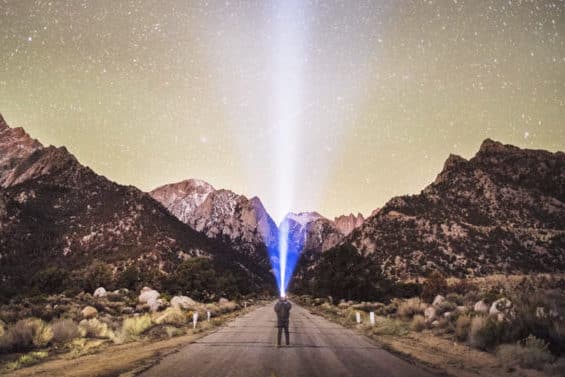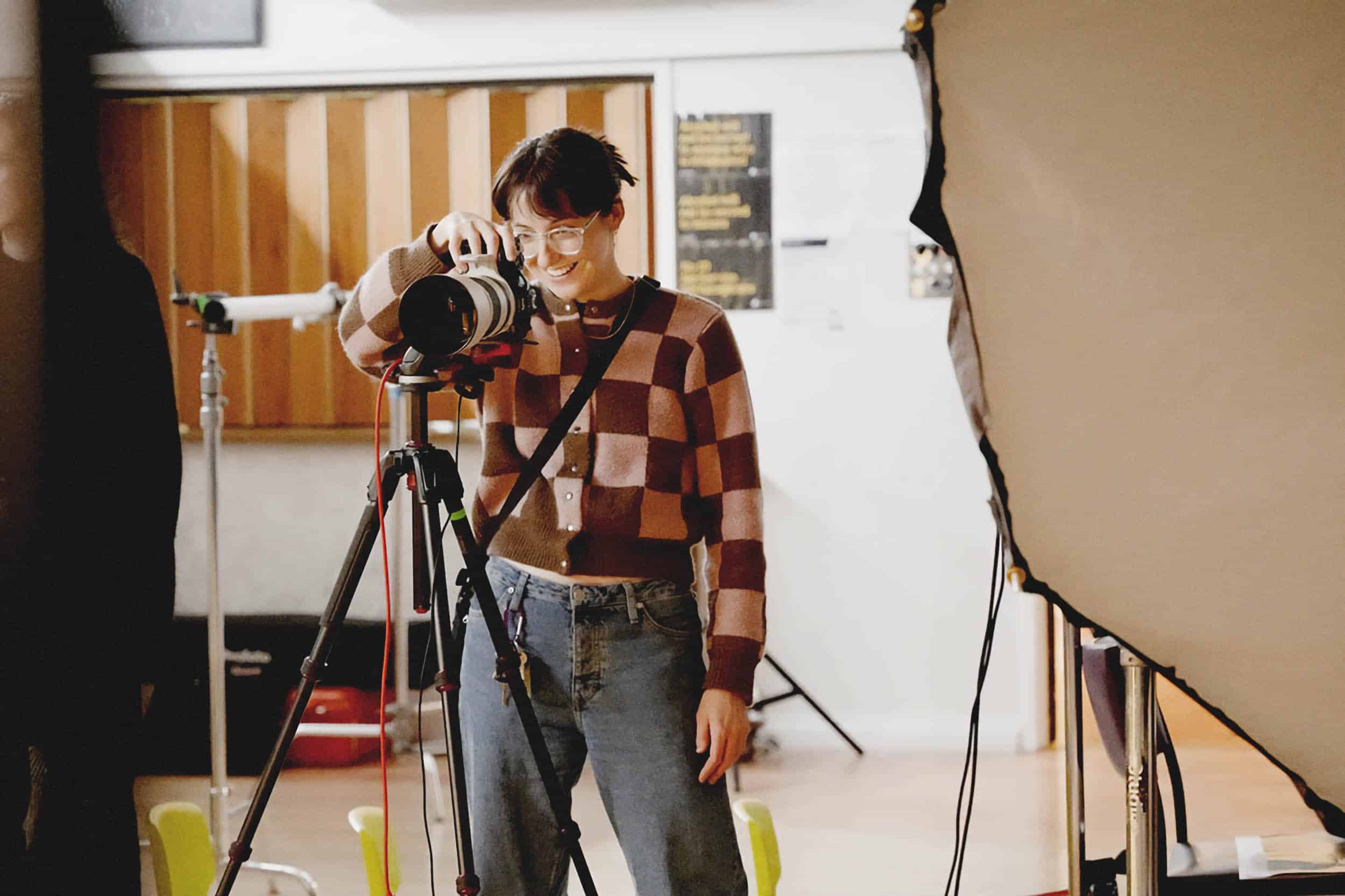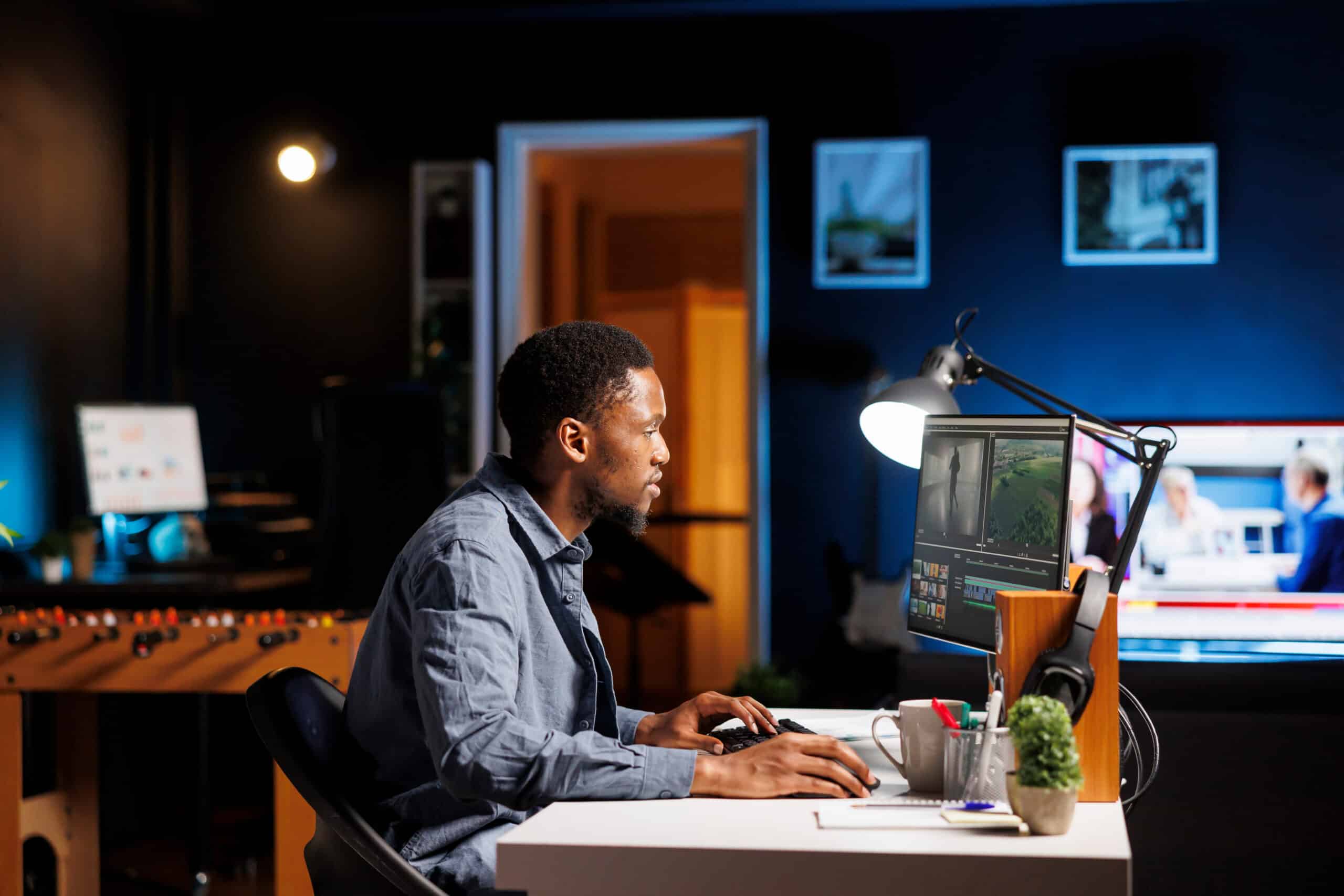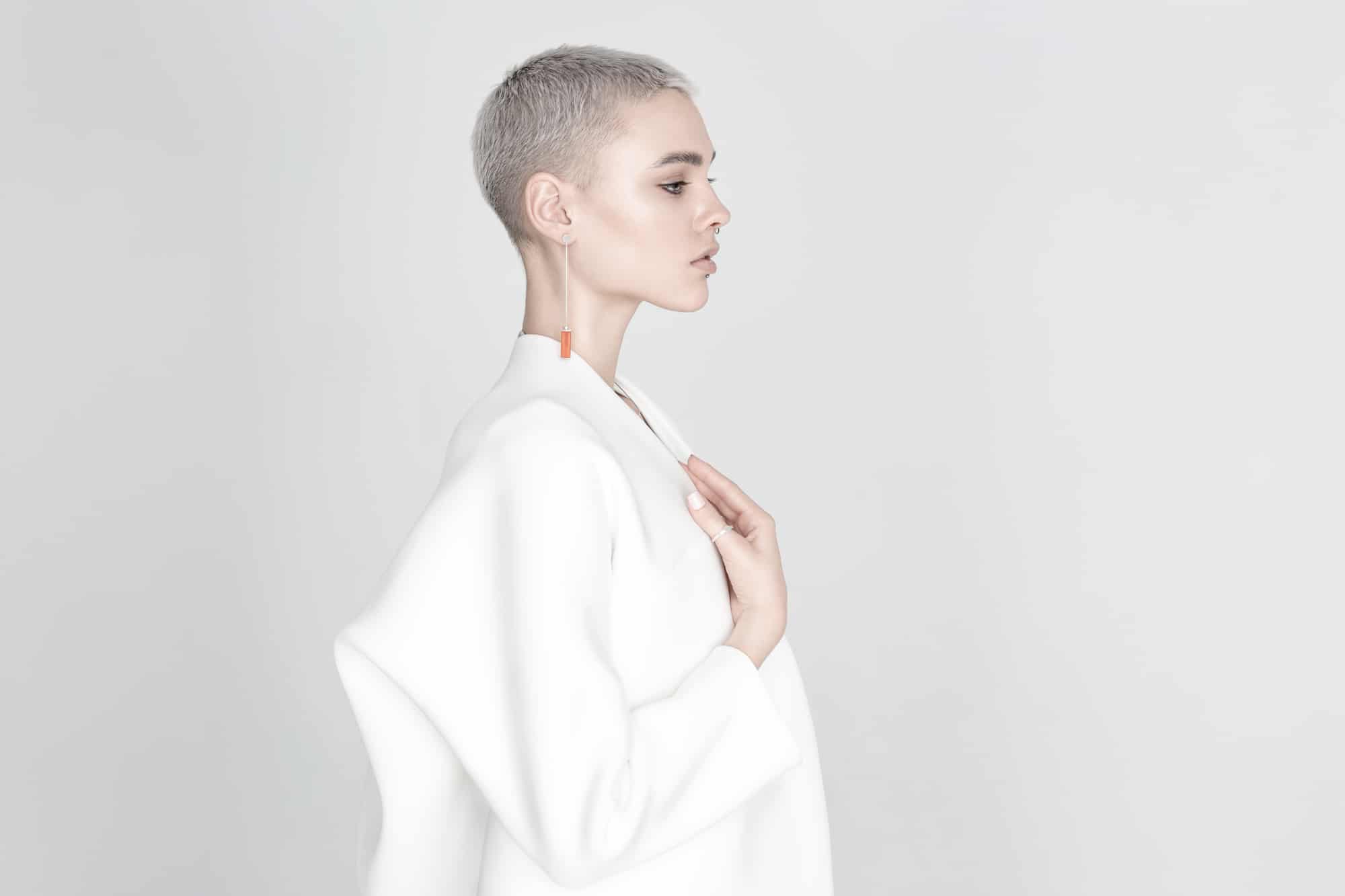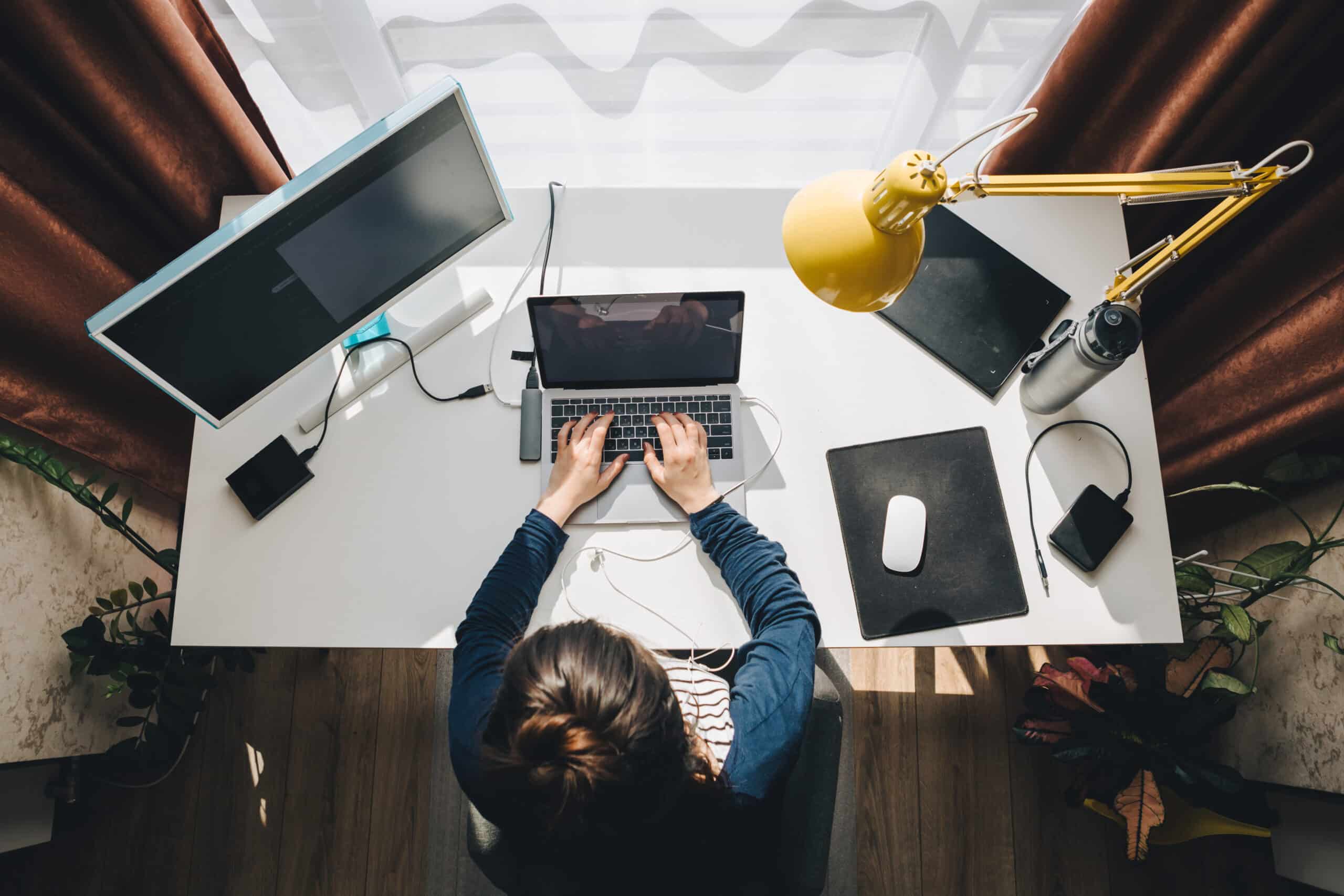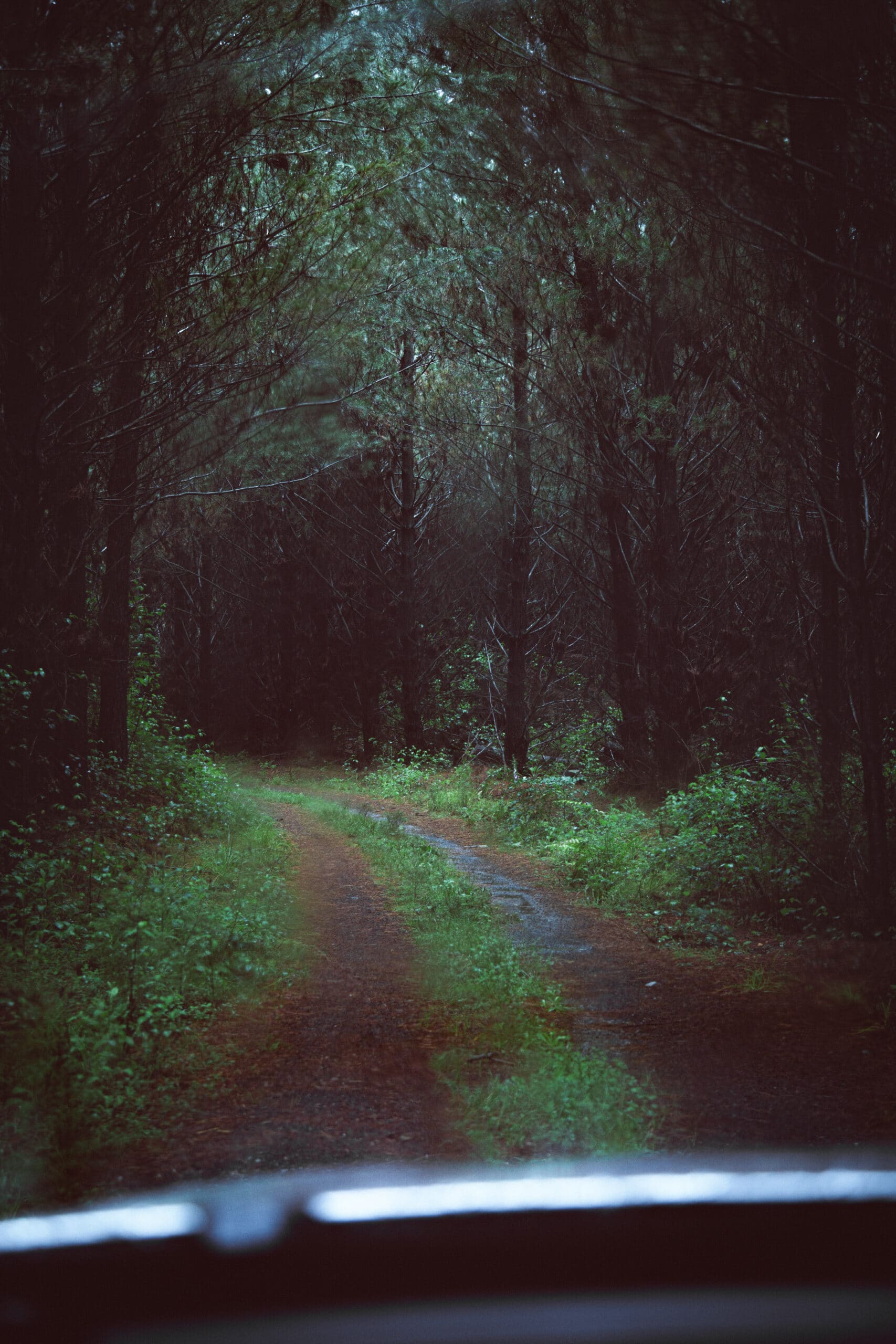In this video from Time, photographer Stuart Palley shares tips to create beautiful photographs after the sun goes down. Stuart covers a range of topics from planning through workflow to shooting the images themselves.
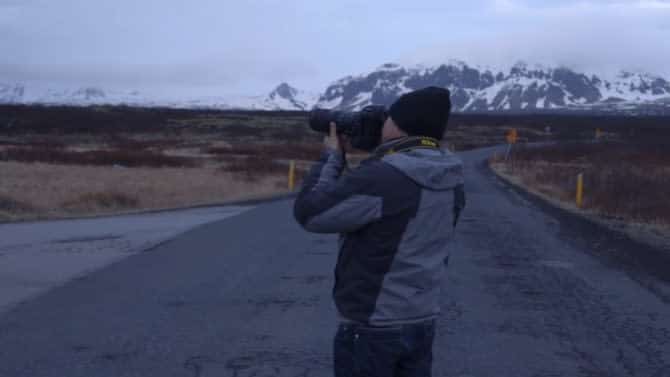
1. Preparation
As with many types of photography, the first thing Stuart touches on is preparation and planning. With something like this, it’s even more vital than many other genres. In the cold darkness, accidents can easily happen, especially if you don’t know the area.
So, go and scout out your locations during the day, figure out your scenes and where you want to be. Then, when you go back at night, you’re not fumbling in the darkness hoping to find a good spot.
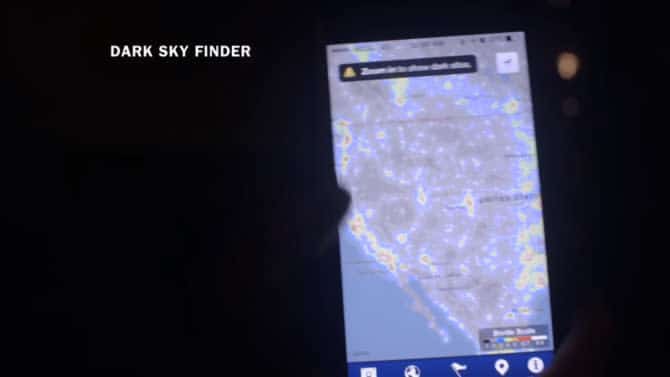
2. Apps
Mobile phones have become a photographer’s best friend over the last decade or so, especially if you shoot on location. There’s depth of field calculators, long exposure calculators for working with NDs, and all kinds of useful apps.
For night time photography, Stuart likes Dark Sky Finder and Photopills. These let him determine where and when are the best spots to shoot.
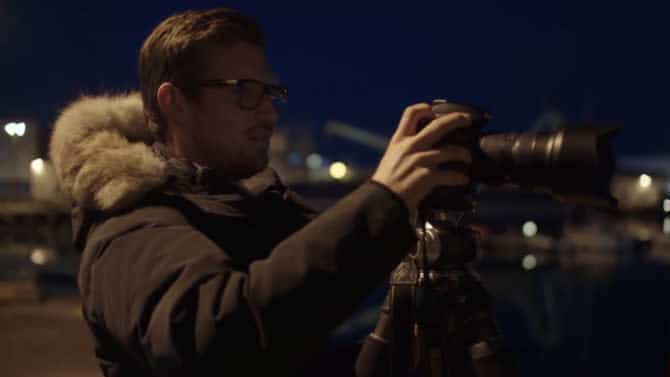
3. Invest in great gear
Just as in the day, having a tripod is critical for getting sharp long exposures. You’ll also want a DSLR with good high ISO capabilities. Stuart suggests starting at ISO1600 with a shutter speed of 30 seconds. Take a shot and see how it looks. Then, adjust as necessary to give you the shot you want.
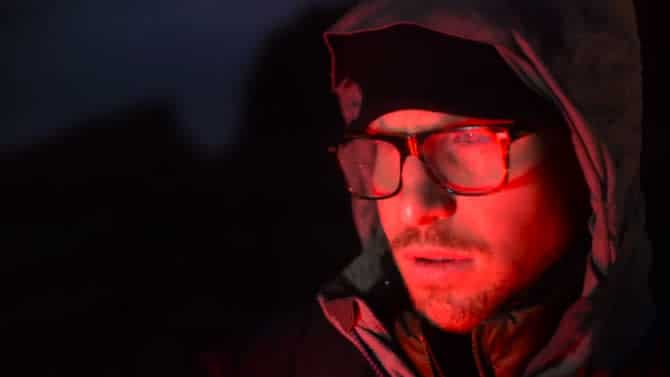
4. Retain your night vision
This is a bigger deal than many might think. How long can it take your eyes to adjust, right? Our eyes can adjust pretty well in the dark from the dim glow of a nearby town or city. The point here, though, is to be somewhere with as black a sky as possible. Without that light pollution, it takes much longer for our eyes to adjust.
Red filters over our lights will allow us to see without causing too much disruption to our natural night vision. Many mobile apps intended for night time photography also have a red colour option for use in the field.
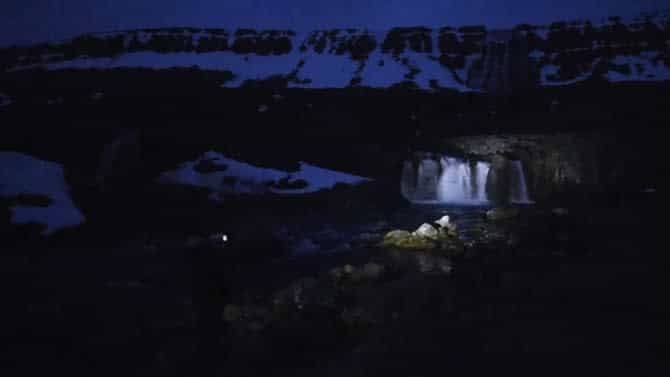
5. Experiment with other light sources
If you ever wanted to experiment with light painting landscapes, night is the perfect time to do it. Painting the nearby landscape with an LED flashlight let’s us bring out the detail in the foreground. It provides context and depth for the overall scene that blackness would not.
It can also give us some very cool and surreal lighting effects.
Overall, Stuart’s advice is to have a strong vision and experiment to see what happens. Don’t get locked into one method or technique. Ask yourself how you feel about the scene before you. Figure out why you feel that way and then how you can capture it with the camera.
Watch the full video from photographer Scott Palley below.

Republished from DIYPhotography with permission.
